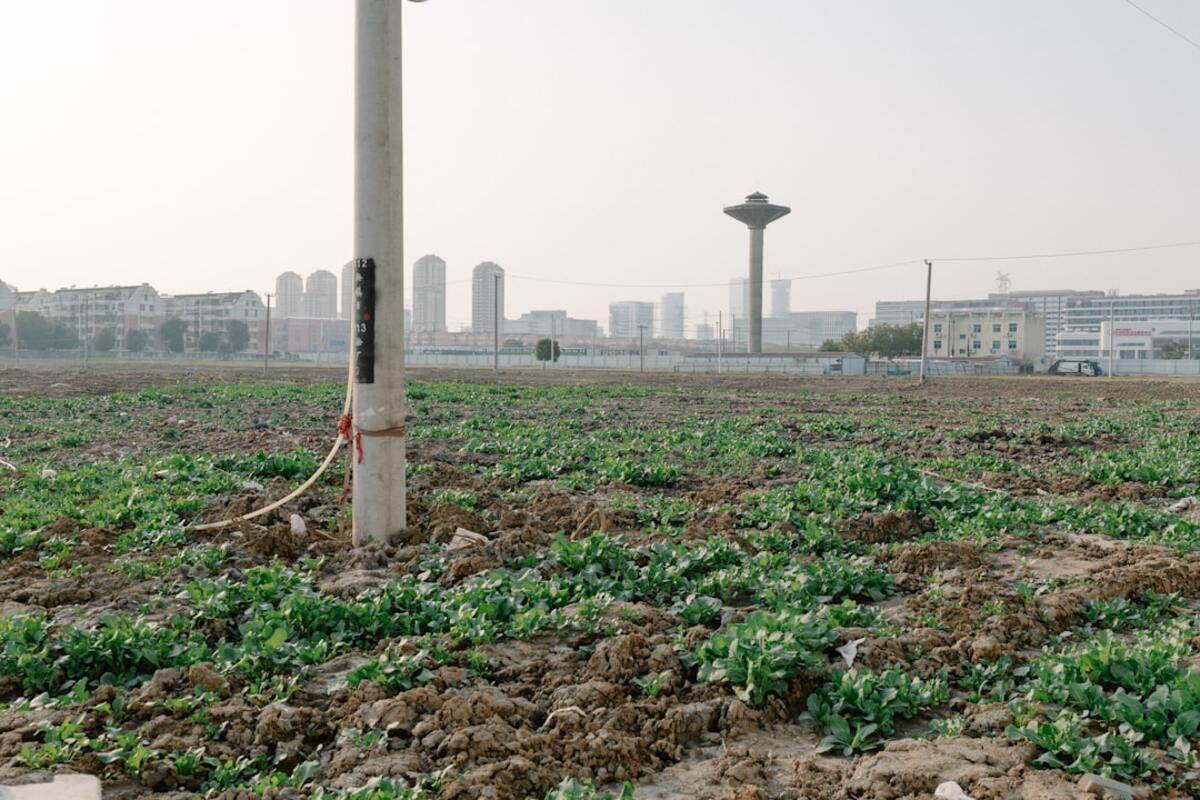Vertical Farming: Revolutionizing Urban Agriculture
Vertical farming is transforming urban agriculture by maximizing space efficiency, conserving resources, and providing fresh produce directly in city centers.

- Vertical farming uses innovative technology to grow crops in vertically stacked layers.
- It significantly reduces water usage and eliminates the need for pesticides.
- Urban centers benefit from year-round fresh produce produced locally.
Introduction to Vertical Farming
In a world where urbanization continues to increase and arable land becomes more scarce, the concept of vertical farming emerges as a beacon of hope for sustainable agriculture. This innovative approach to farming involves cultivating crops in vertically stacked layers, typically integrated into other structures like skyscrapers, shipping containers, or repurposed warehouses. Vertical farming is not just a futuristic idea; it is a solution for today's challenges, offering a way to produce food efficiently while minimizing environmental impact.
The Science Behind Vertical Farming
Traditional farming methods are heavily reliant on seasonal changes, large plots of land, and significant water usage. In contrast, vertical farming utilizes controlled-environment agriculture (CEA) technology to provide optimum growing conditions for plants. This includes artificial control of temperature, light, humidity, and gases. One of the most exciting aspects of vertical farming is its use of hydroponics, aeroponics, and aquaponics, which are soil-less farming techniques that use significantly less water than traditional methods.
Benefits of Vertical Farming
- Resource Efficiency: Vertical farming dramatically reduces the amount of water needed for crop production. It is estimated that vertical farms use up to 95% less water than conventional farms.
- No Pesticides: The controlled environment of vertical farms eliminates the need for chemical pesticides, resulting in healthier produce.
- Space Maximization: By growing crops in vertical layers, vertical farms can produce significantly more food per square meter than traditional farms.
Additionally, vertical farming supports local food production, reducing the carbon footprint associated with transporting produce over long distances. This is particularly beneficial for urban areas, where access to fresh, locally produced food can be limited.
Challenges and Future Prospects
While vertical farming holds immense promise, it also faces several challenges. The initial cost of setting up a vertical farm can be significant, as it requires investment in technology and infrastructure. Energy consumption is another concern, as artificial lighting and climate control systems can be energy-intensive. However, as renewable energy sources become more prevalent, this issue may be mitigated.
The future of vertical farming looks promising, with technological advancements continuously emerging. Automation and the Internet of Things (IoT) are playing an increasingly vital role in enhancing the efficiency and productivity of vertical farms. As these technologies develop, the cost of operating vertical farms is likely to decrease, making them more accessible and viable on a larger scale.
Moreover, vertical farming is not limited to commercial operations. It is gaining traction in community projects and educational settings, providing an opportunity for urban dwellers to connect with their food sources and learn about sustainable practices. As awareness grows and technology advances, vertical farming has the potential to become a central component of urban agricultural strategies, promoting food security and sustainability in cities around the world.
